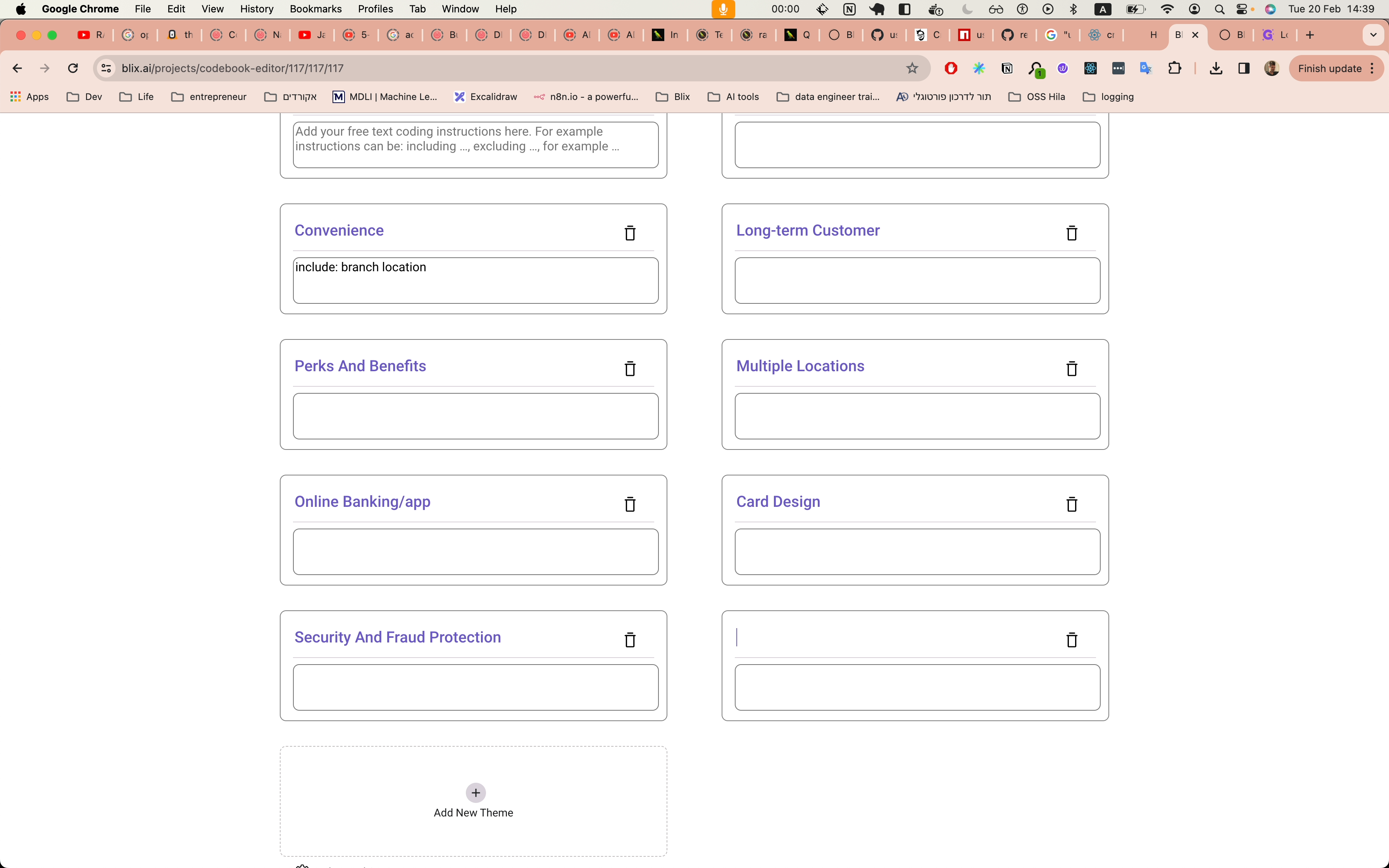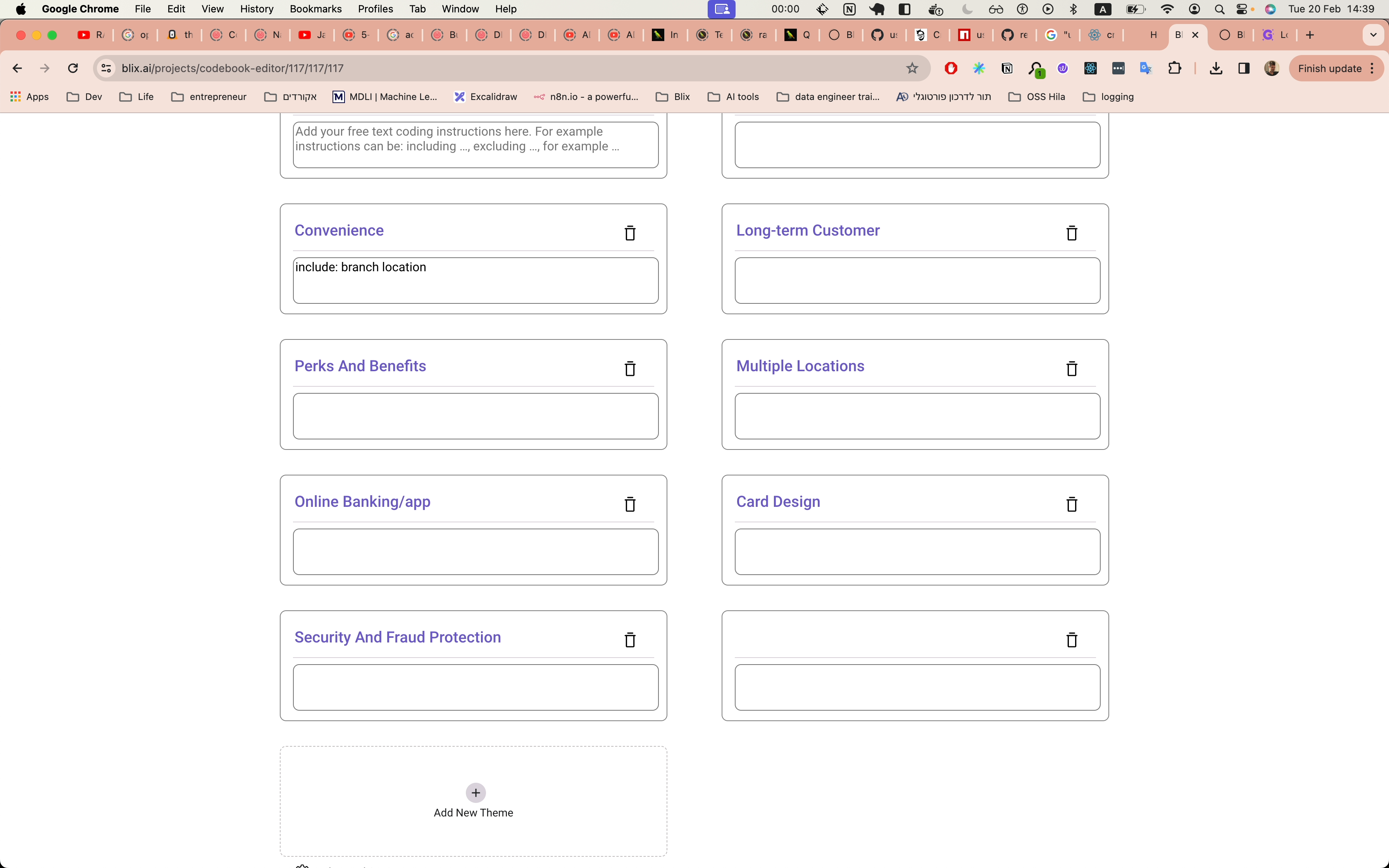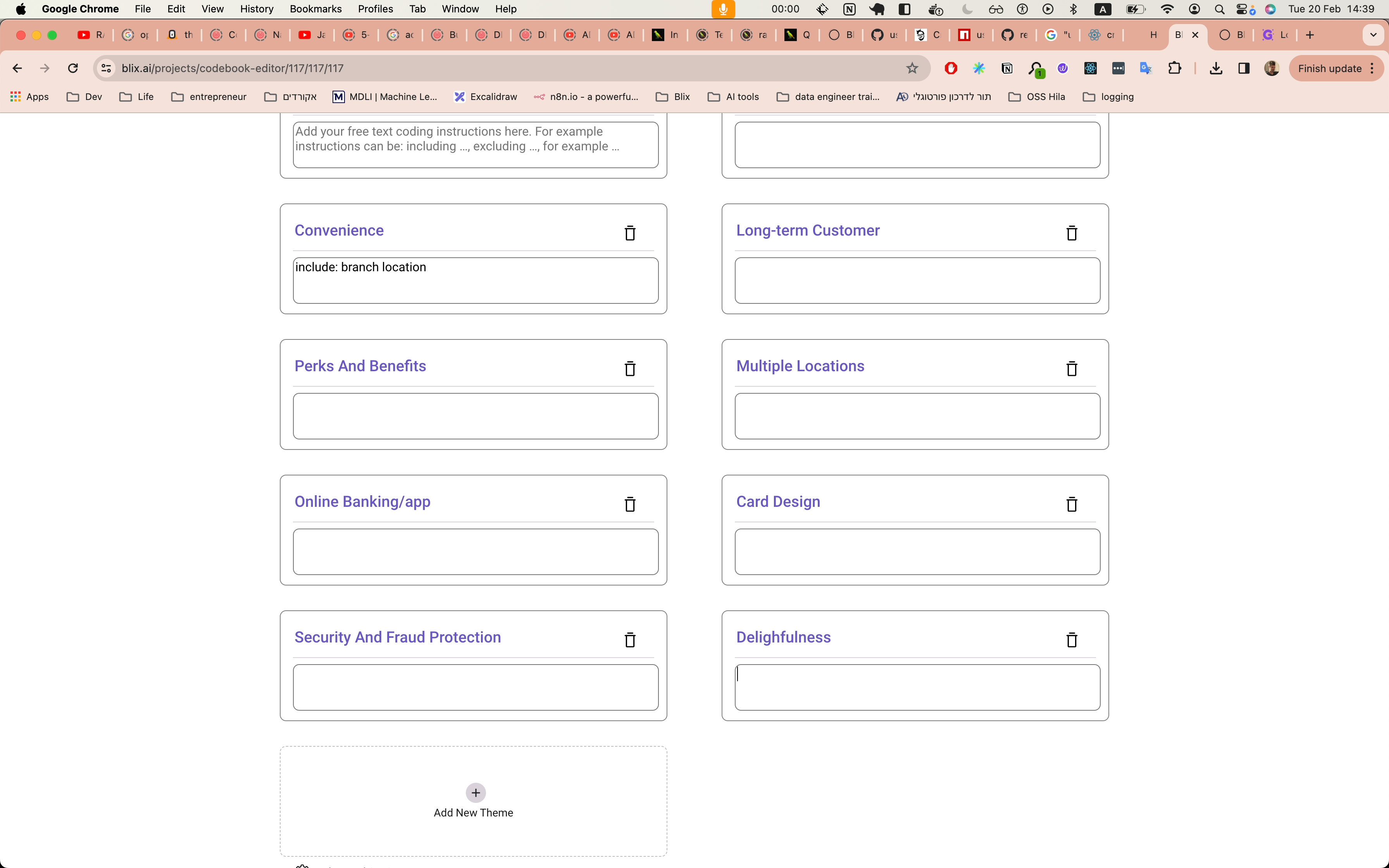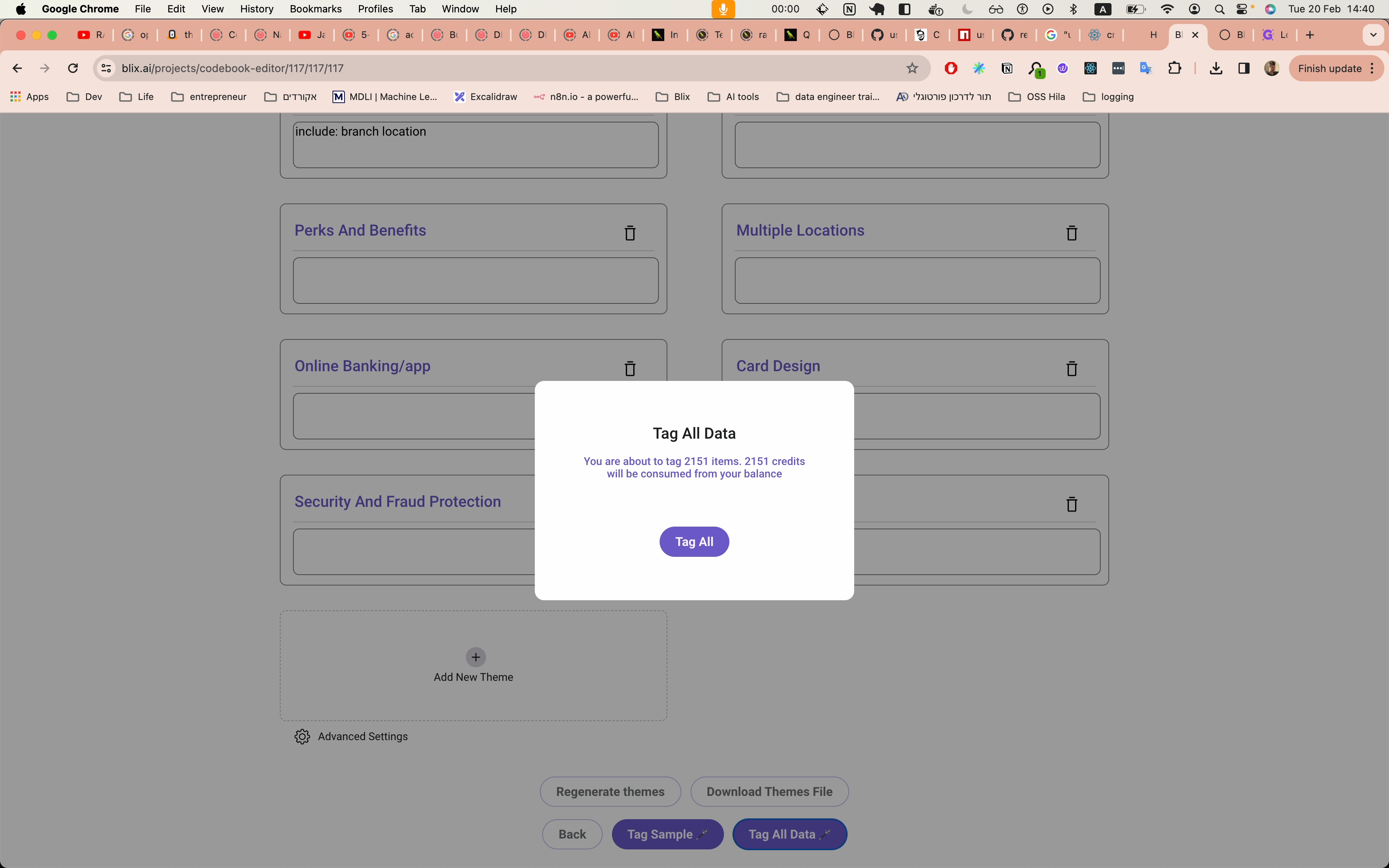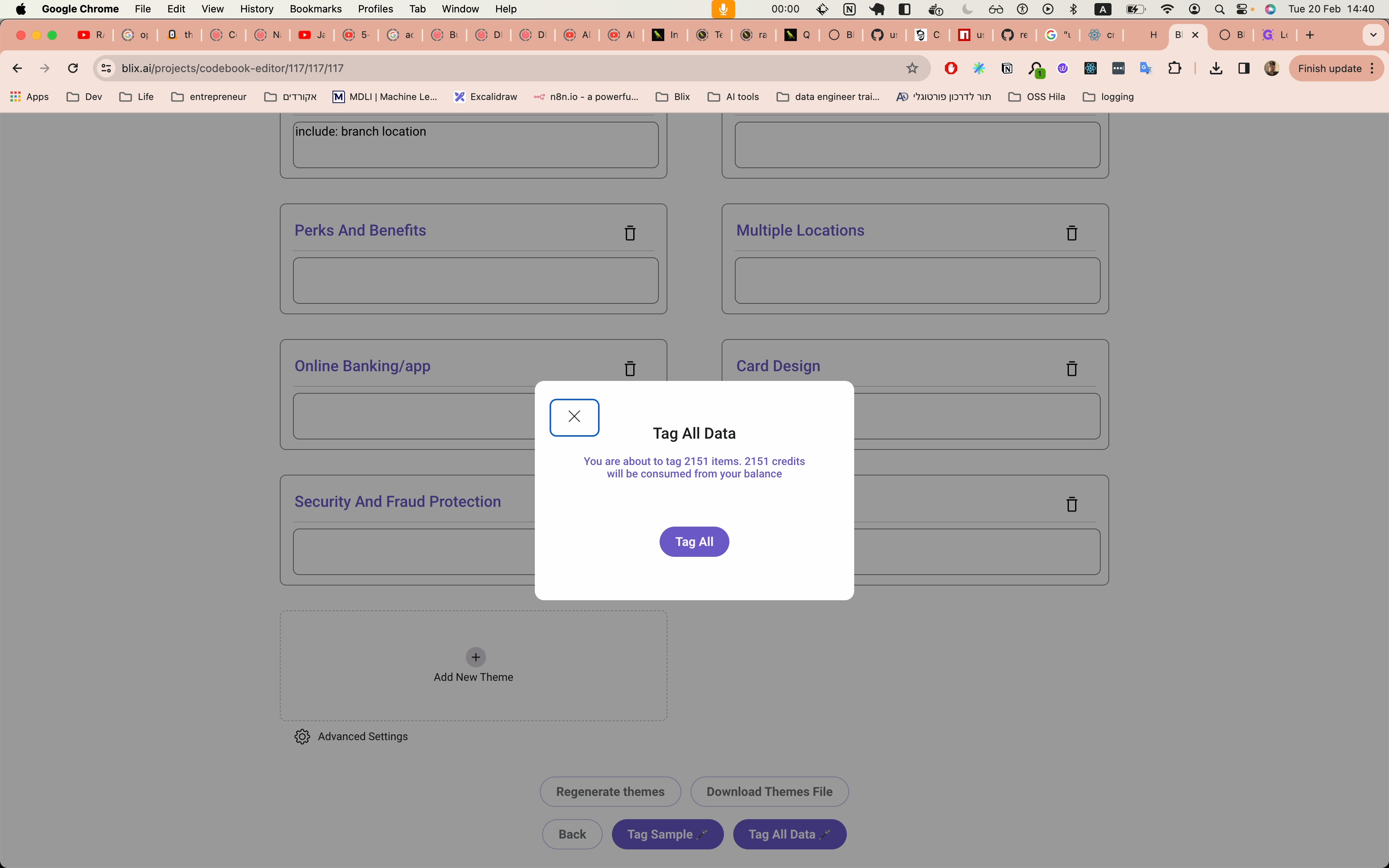How to Upload and Analyze Survey Results Using a Codebook
This article guides you through the process of uploading a CSV file with survey results, selecting the content column, editing the codebook, and tagging the data for analysis.
In this guide, we'll learn how to manage and tag data efficiently using a CSV file. By dragging the CSV file into the designated area, selecting the relevant content column, and reviewing the generated code, we can easily customize our data. Whether it's removing unwanted elements or adding specific tags like "delightfulness," this process allows for precise data organization. By utilizing the "take sample" feature to assess the results and tagging all data accordingly, we ensure a well-structured dataset for analysis and comparison. Let's get started.
Let's get started
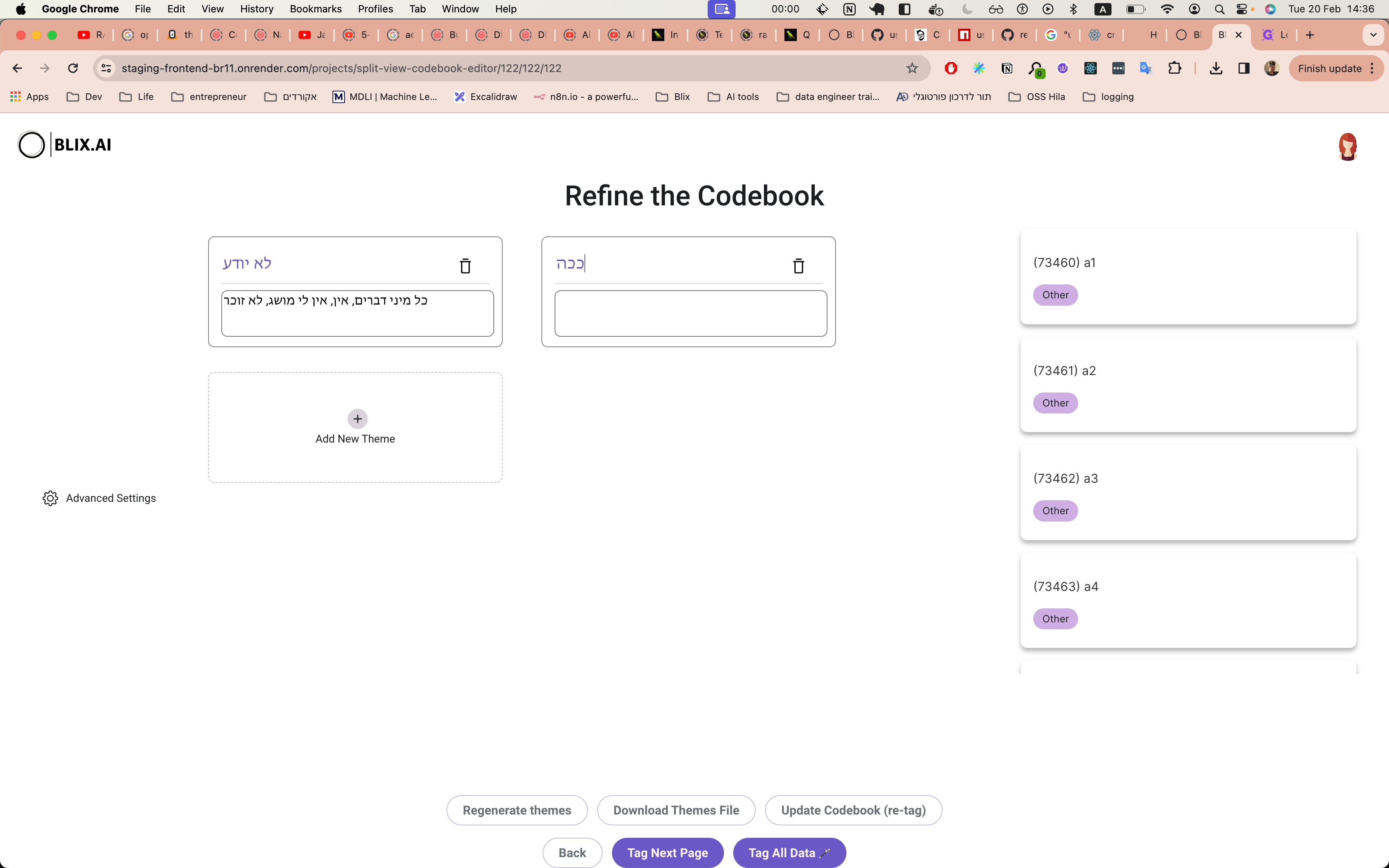
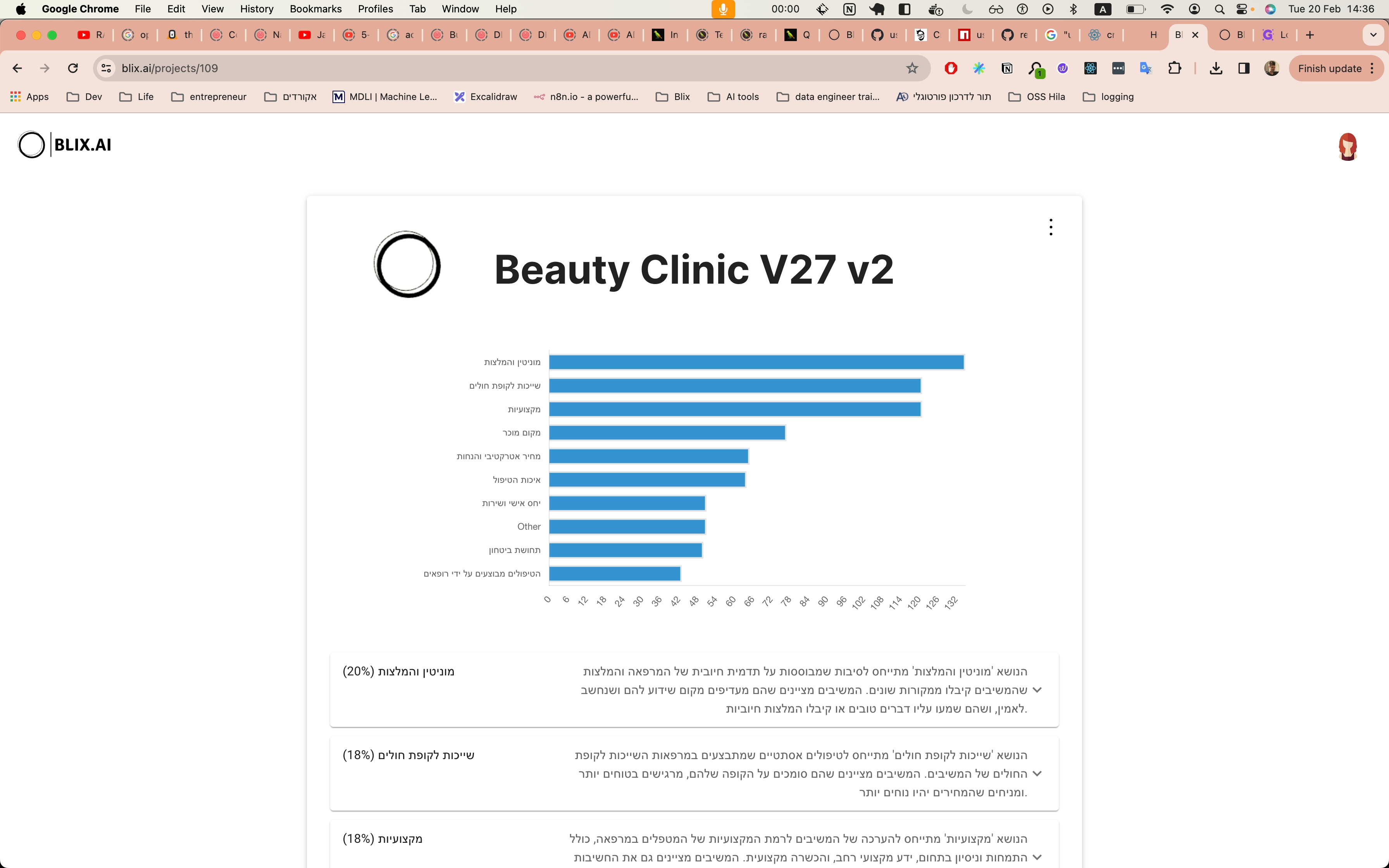
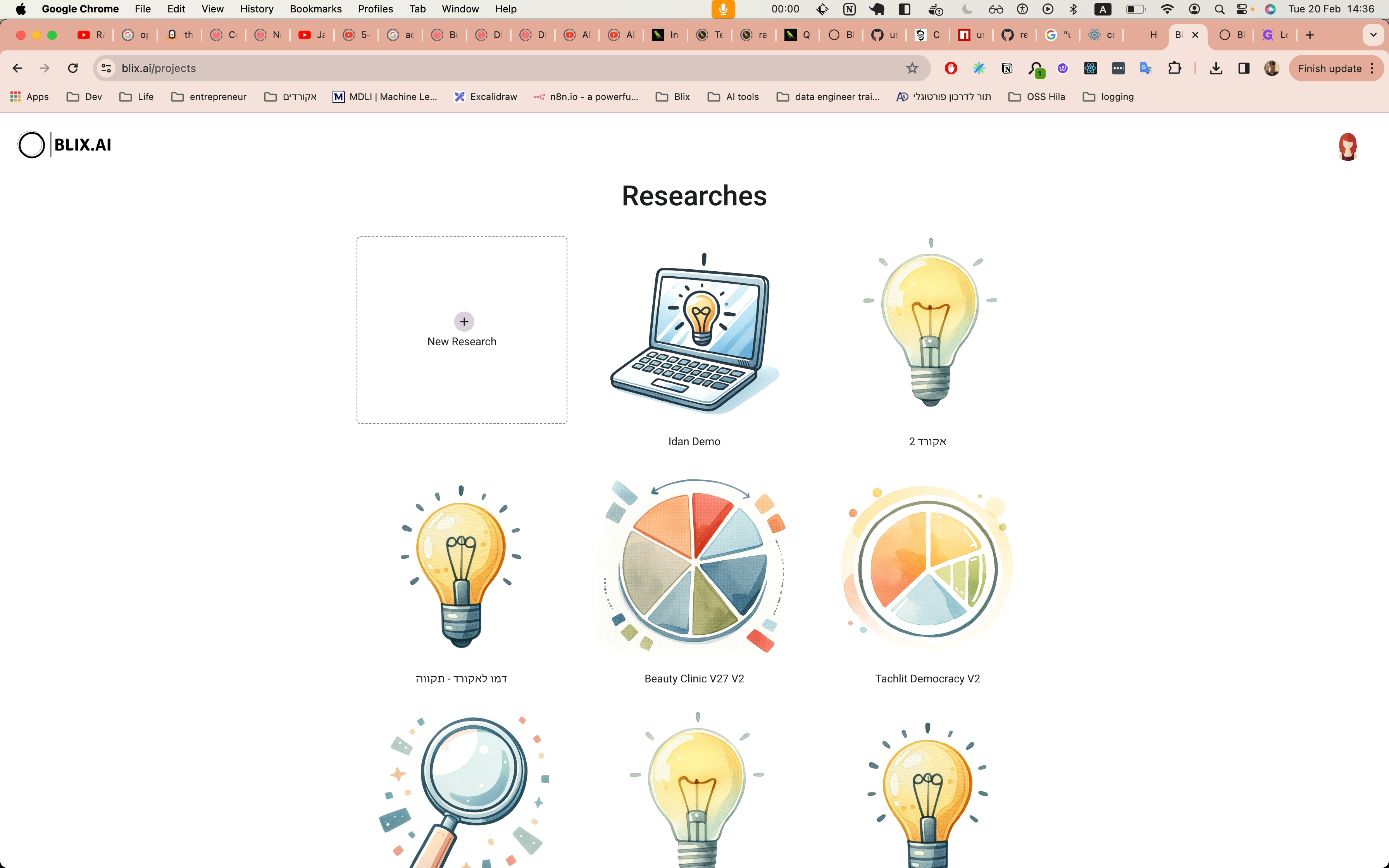
Now he expects us to upload a csv file with the survey results, so we will drag the file here. In the next step, we will select the content column, and now we can see the codebook that was created for us, and we can edit it, for example, if I don't want the ease of use item, I can delete it, and maybe for convenience, I want it to include items that include the branch's location.

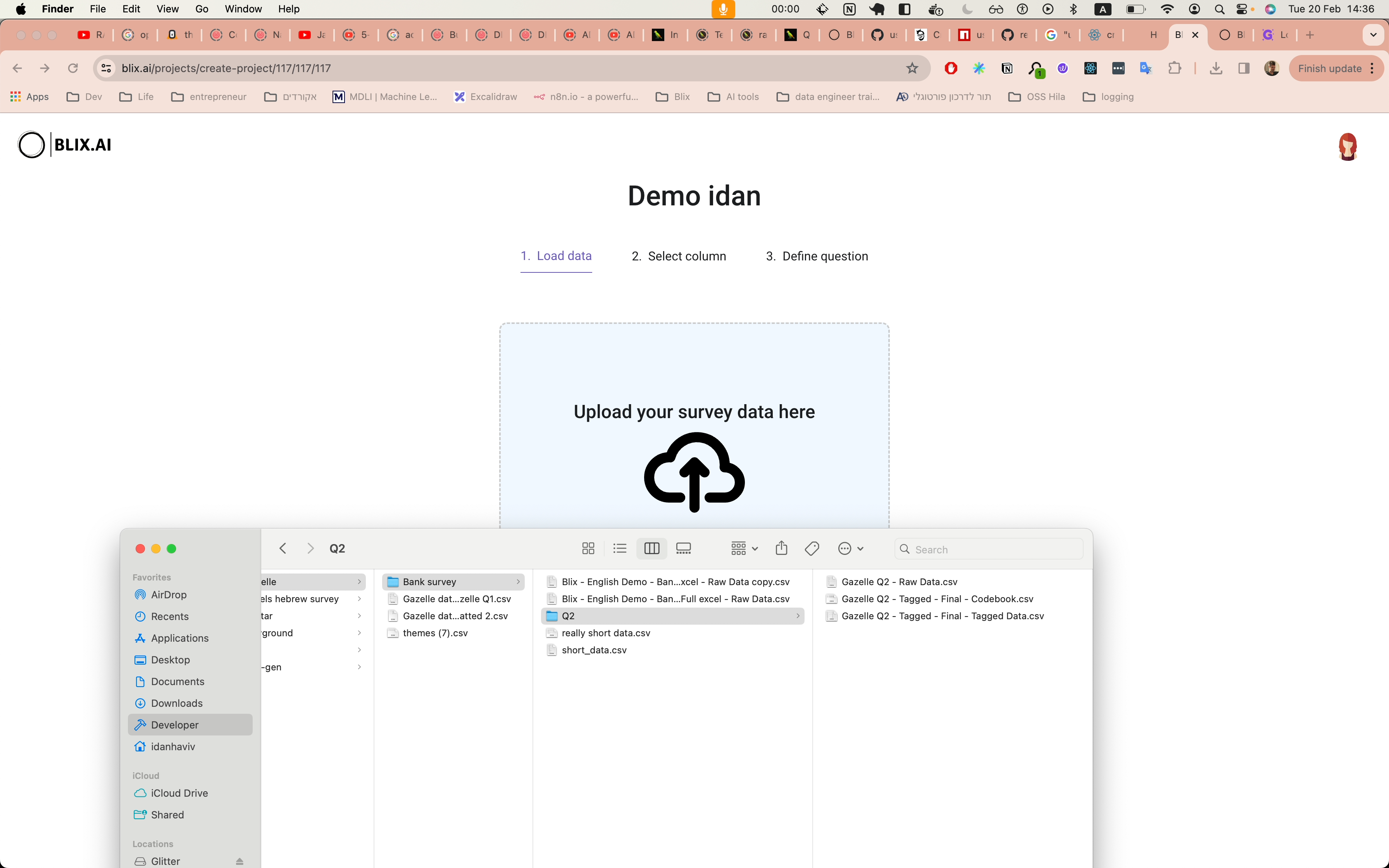
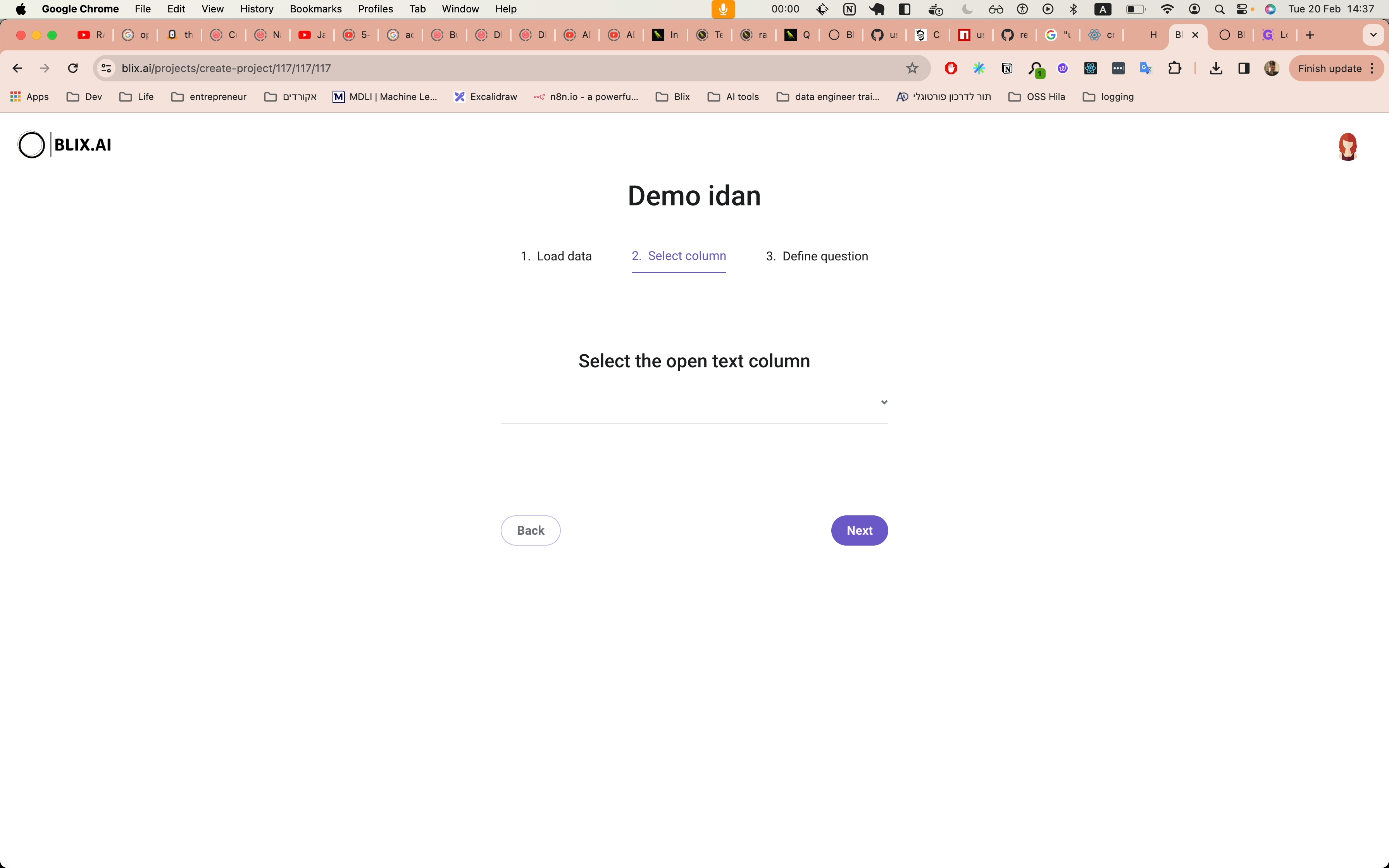
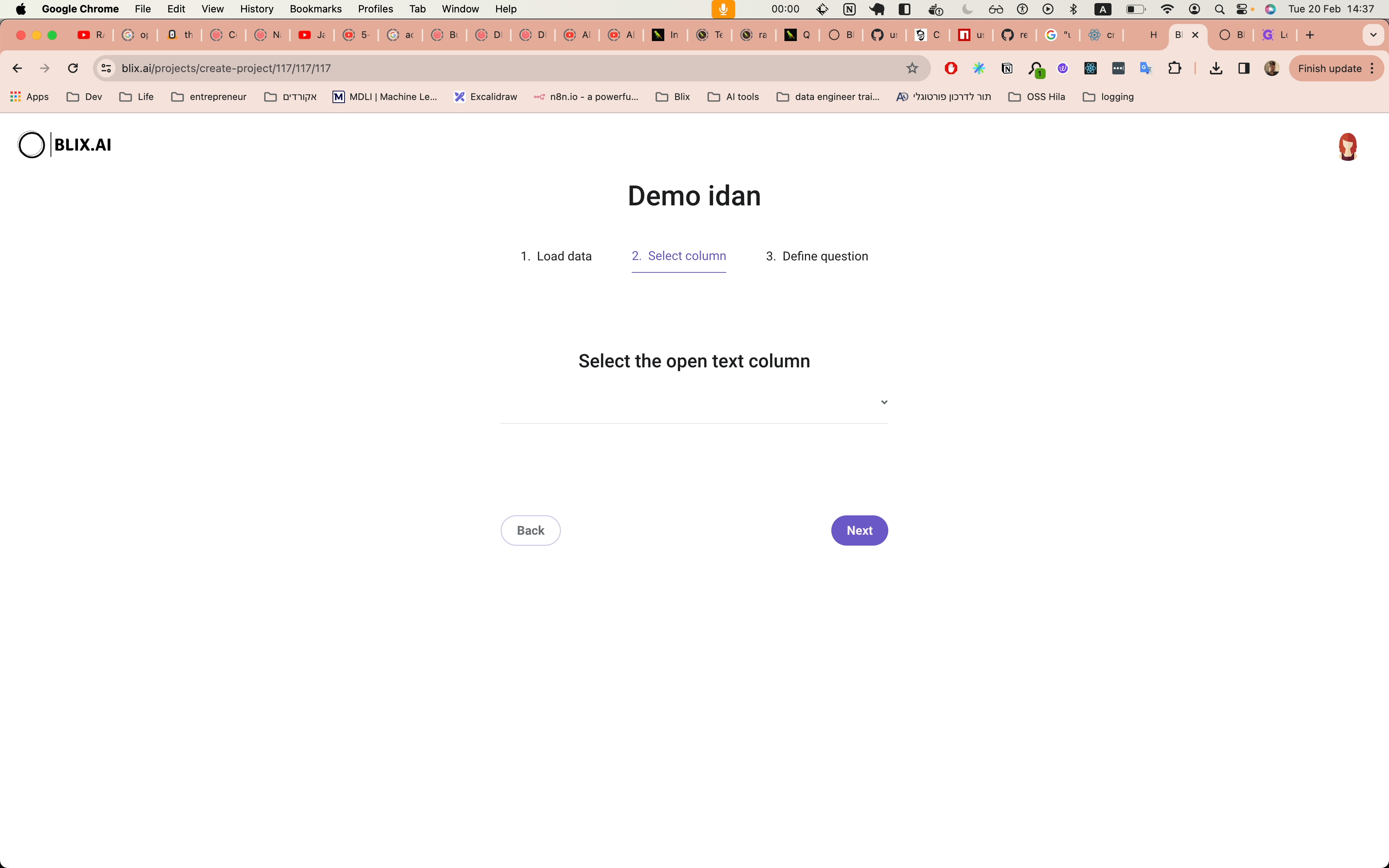

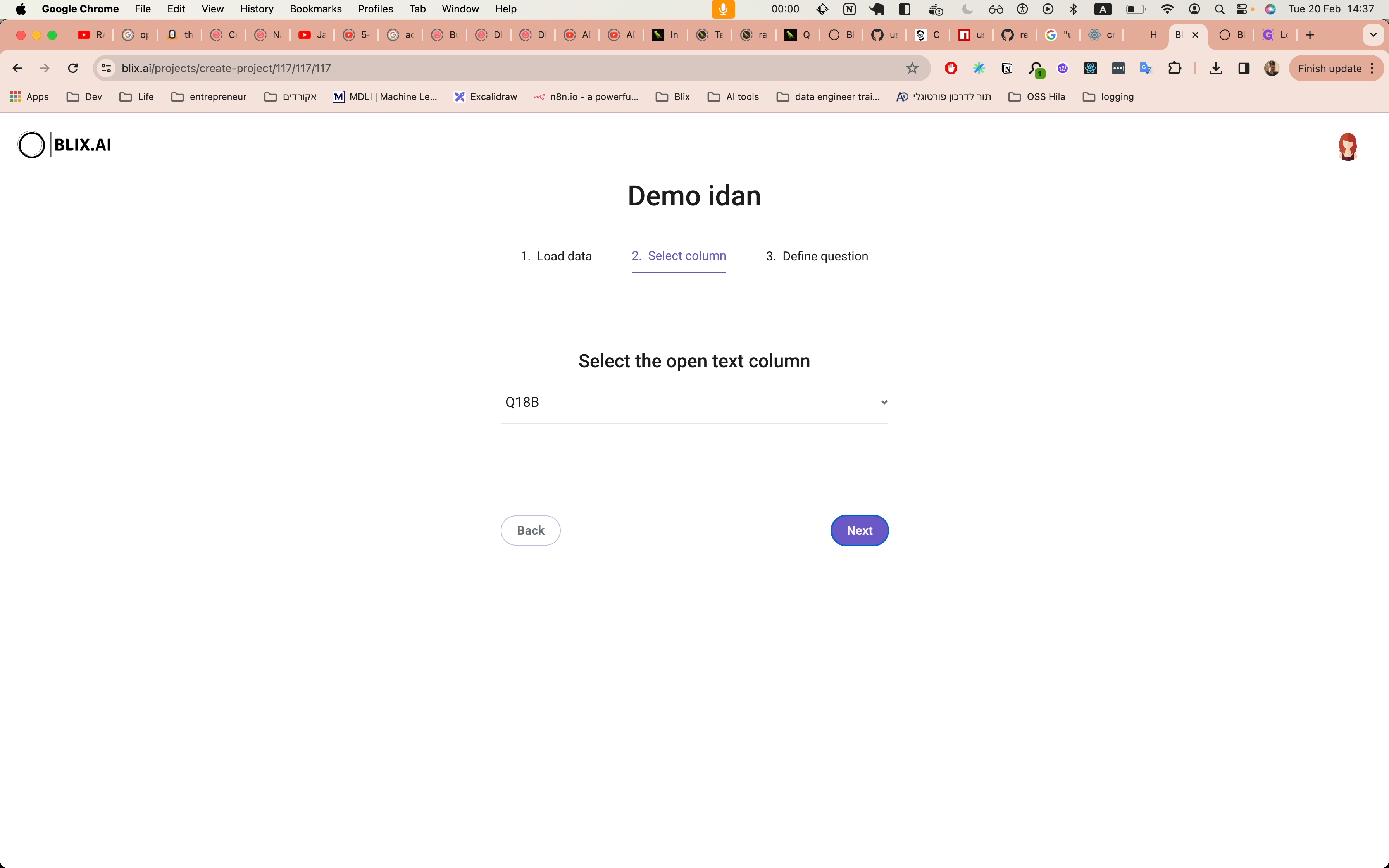
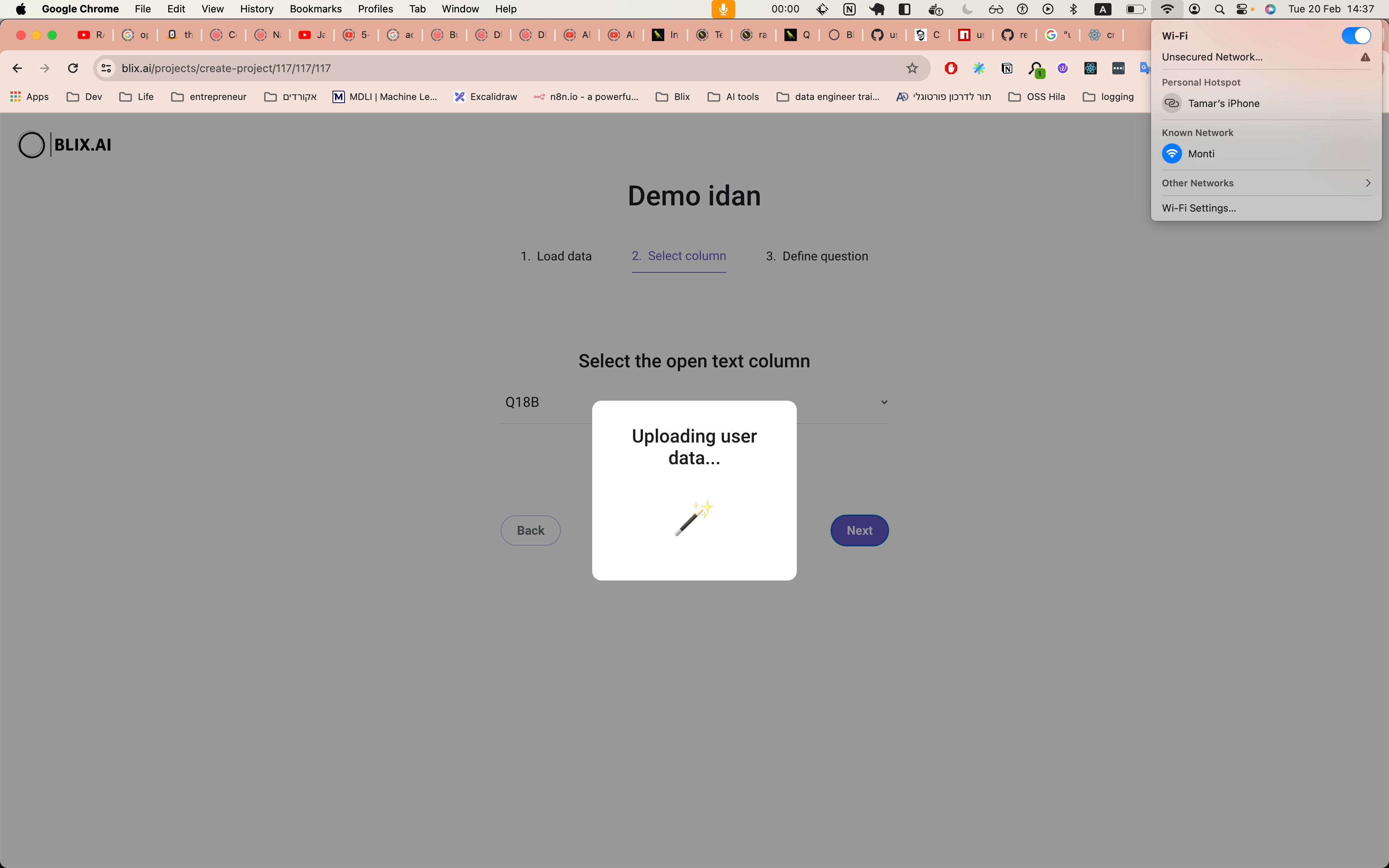
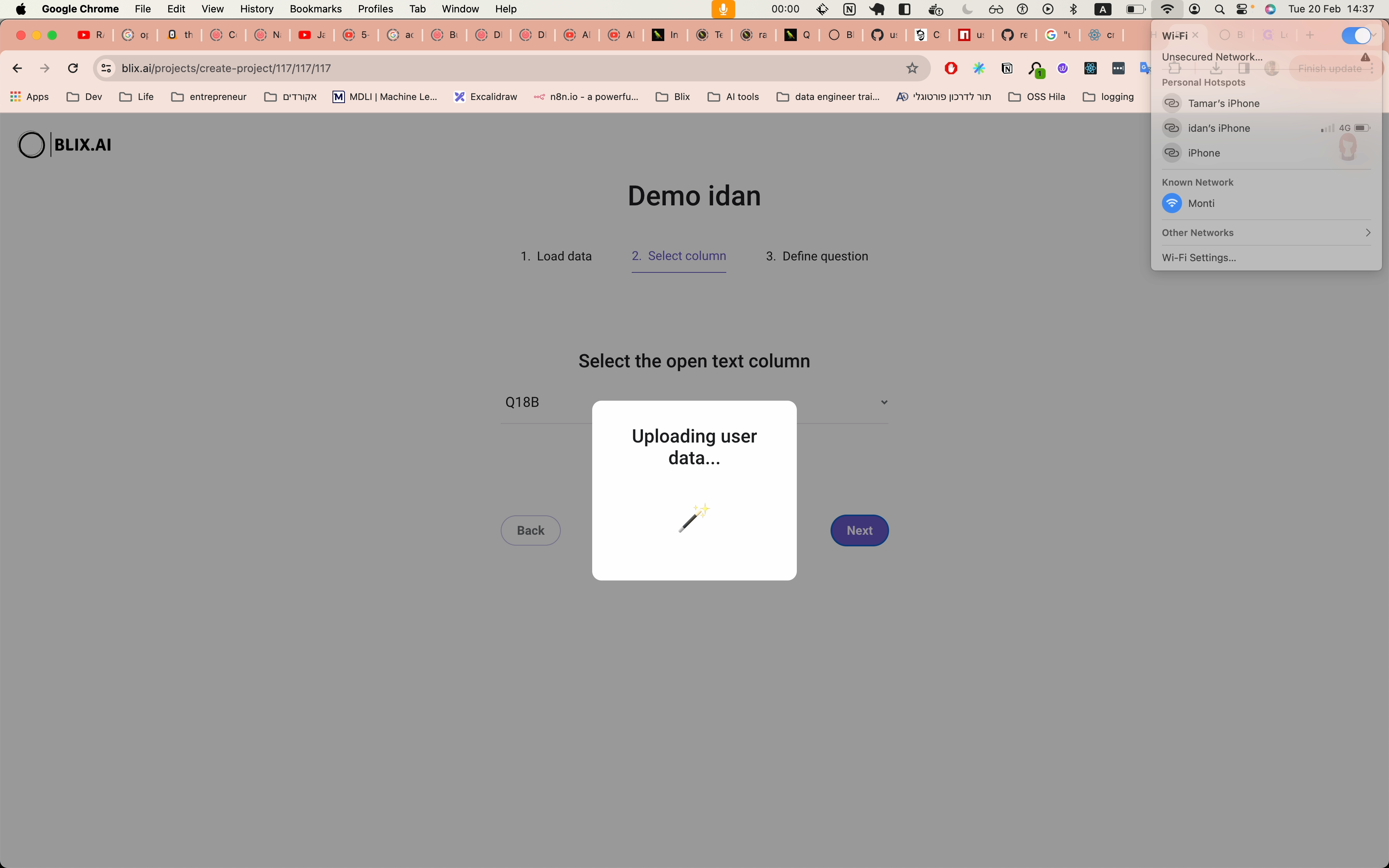
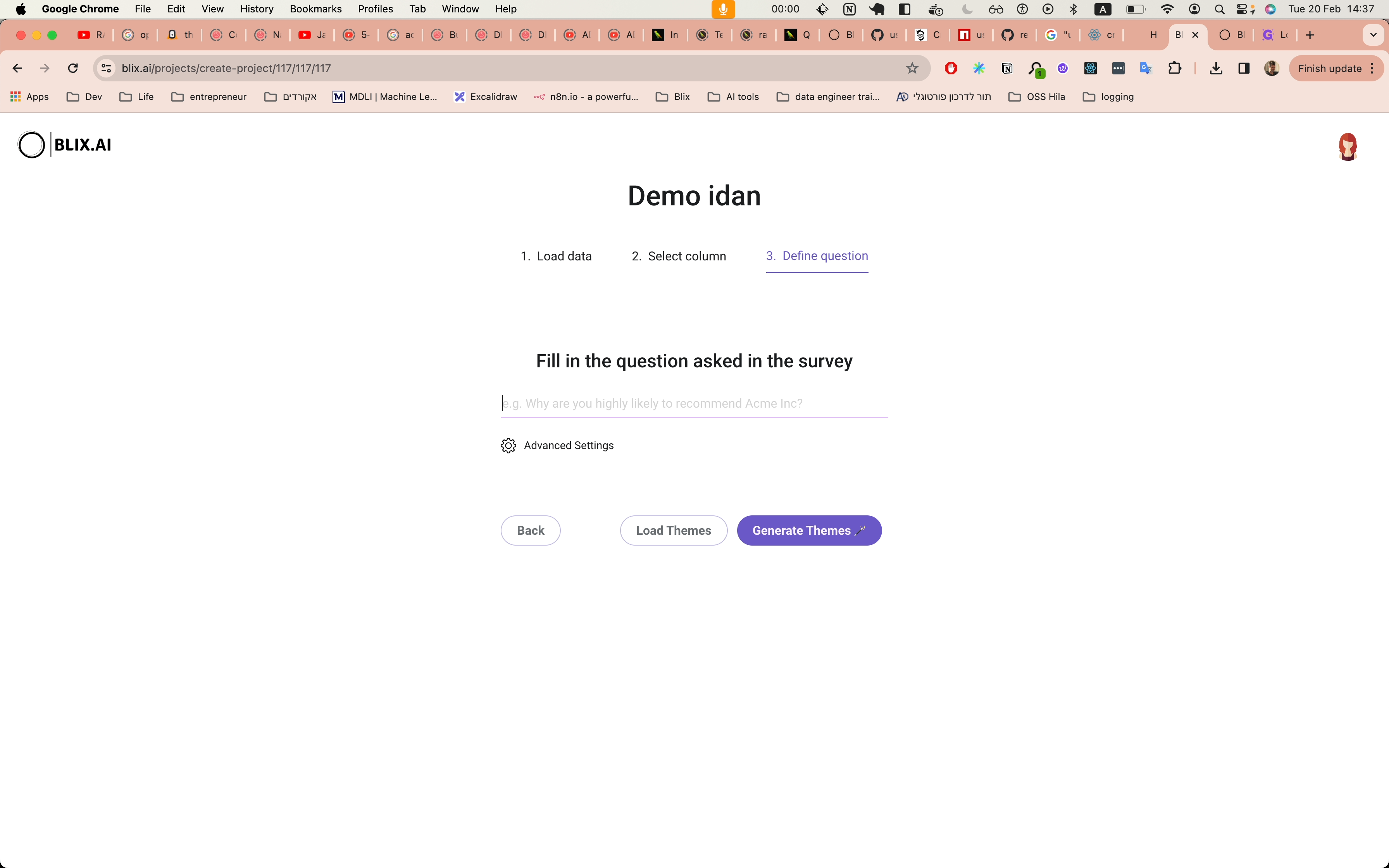
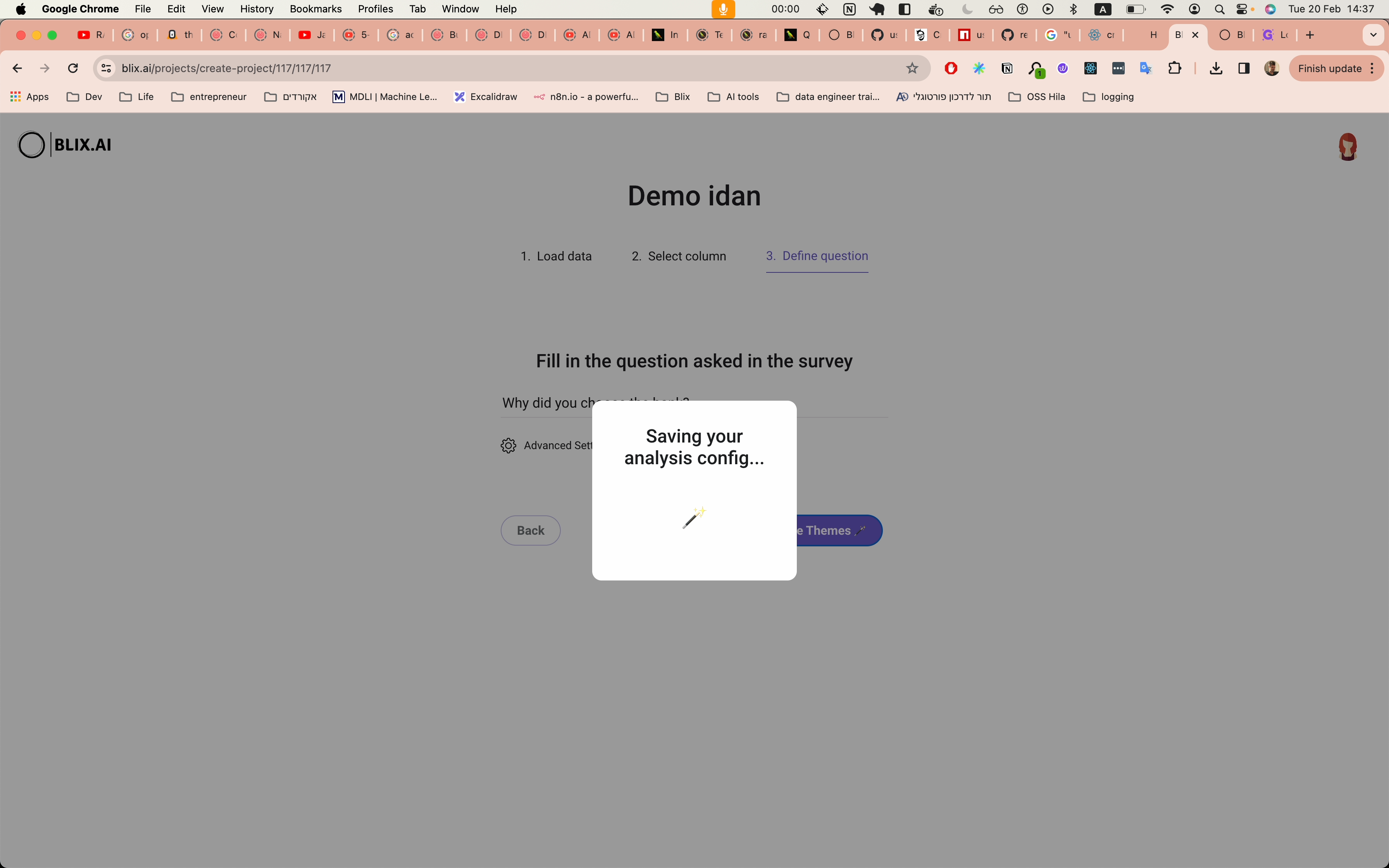
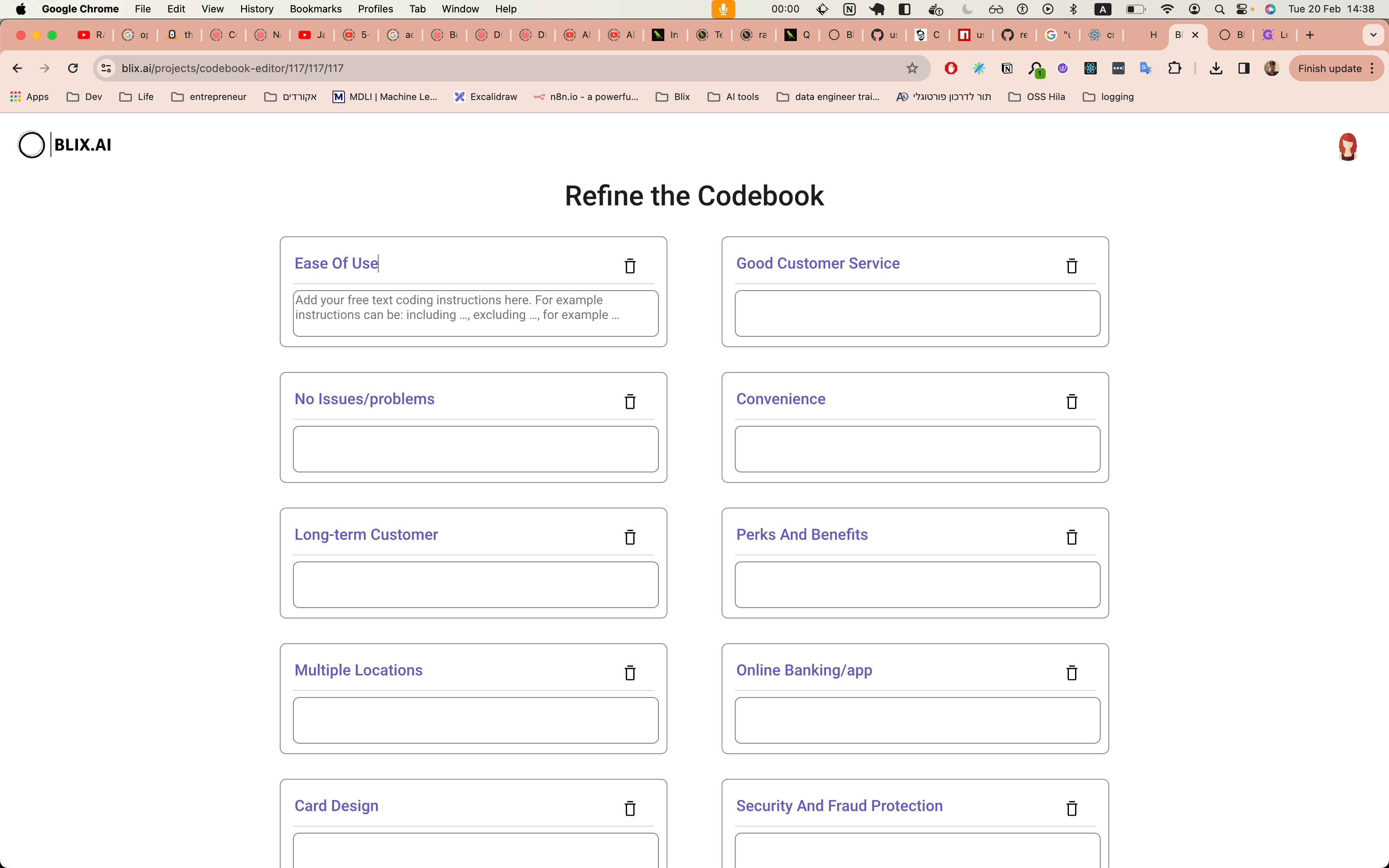

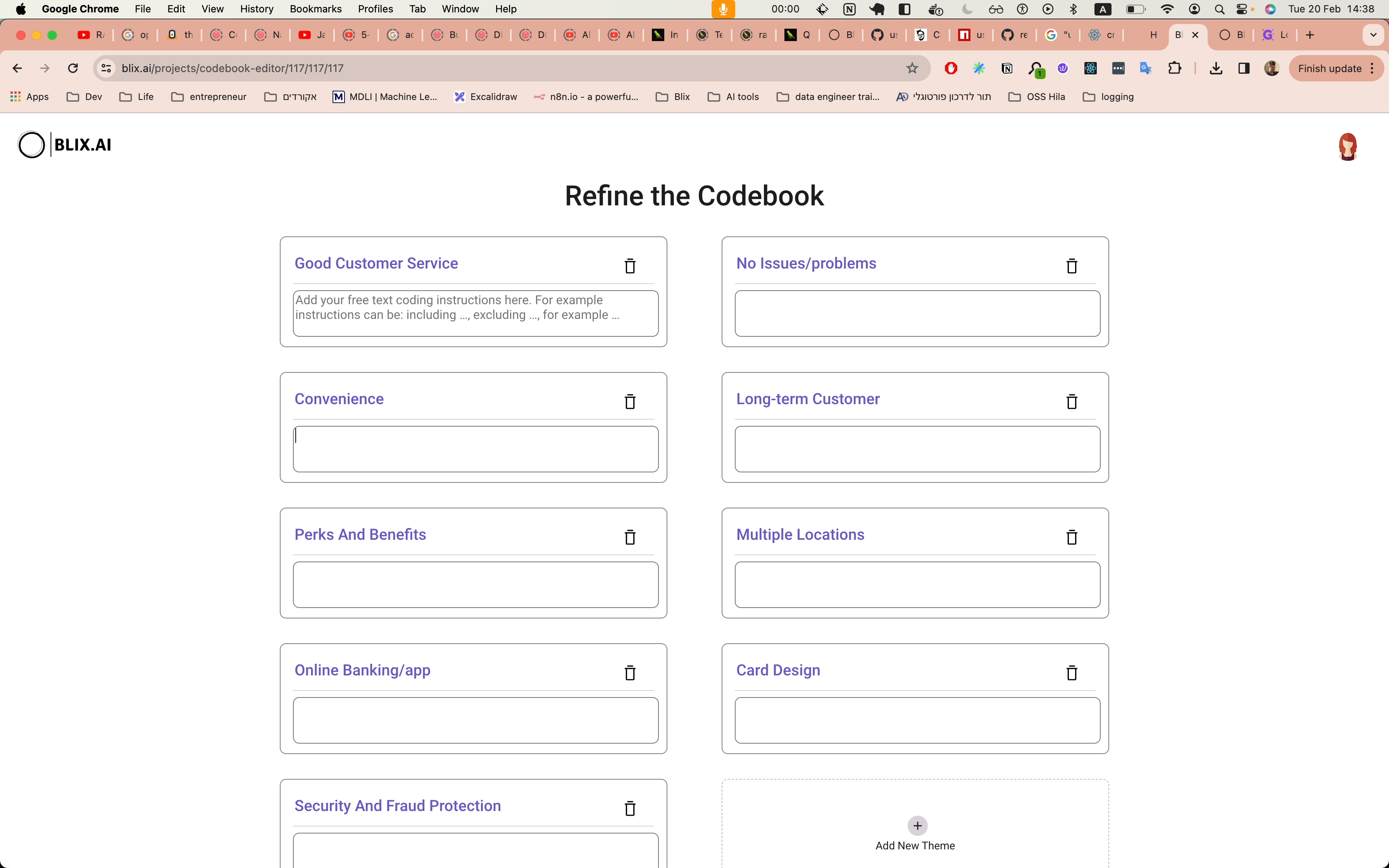
I press "take sample" to tag a sample of the information and see if the codebook provides us with good results.
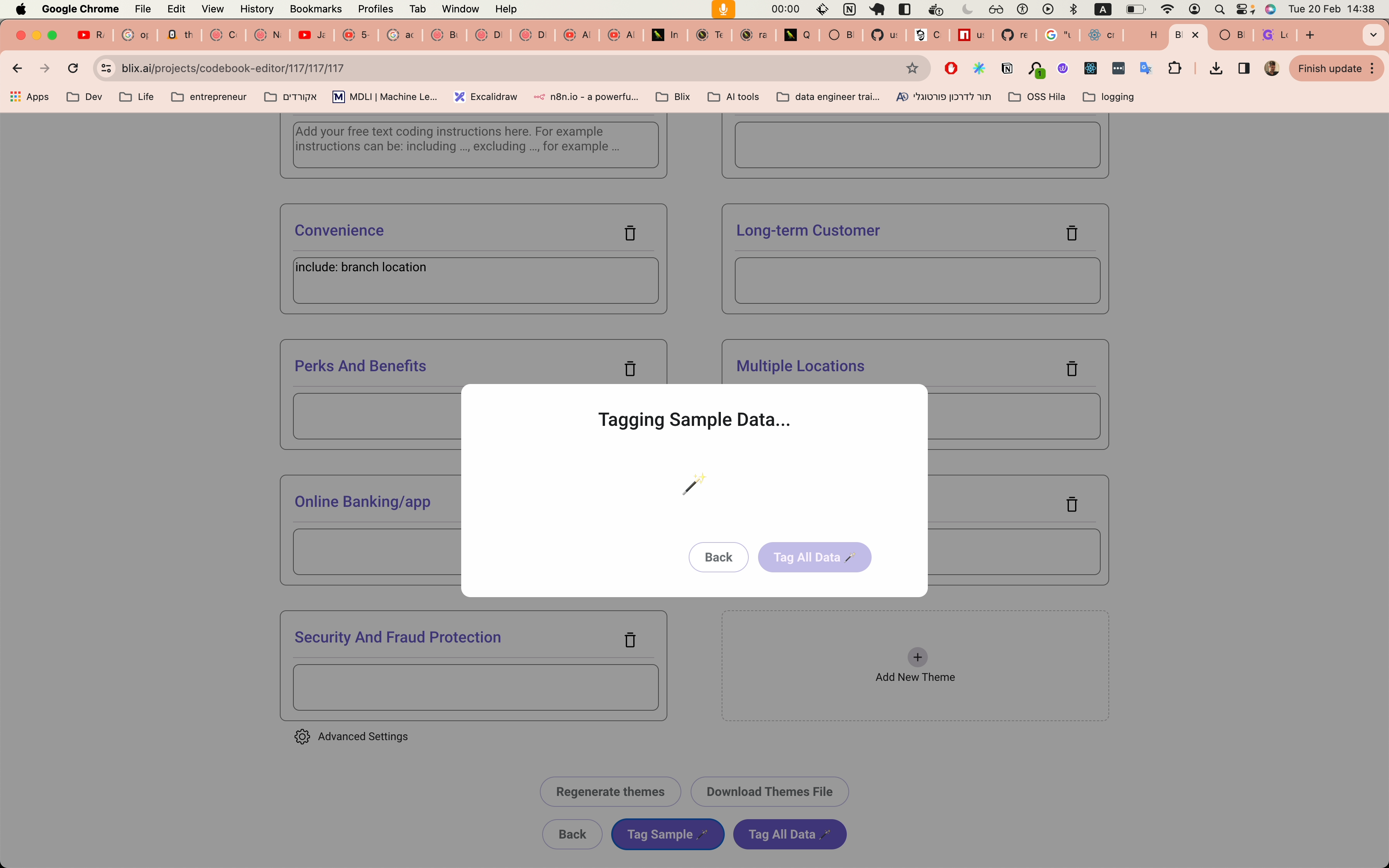
After receiving the results, I can now see if the codebook has created a good tag for us. So, easy and friendly customer service is considered good customer service, excellent.
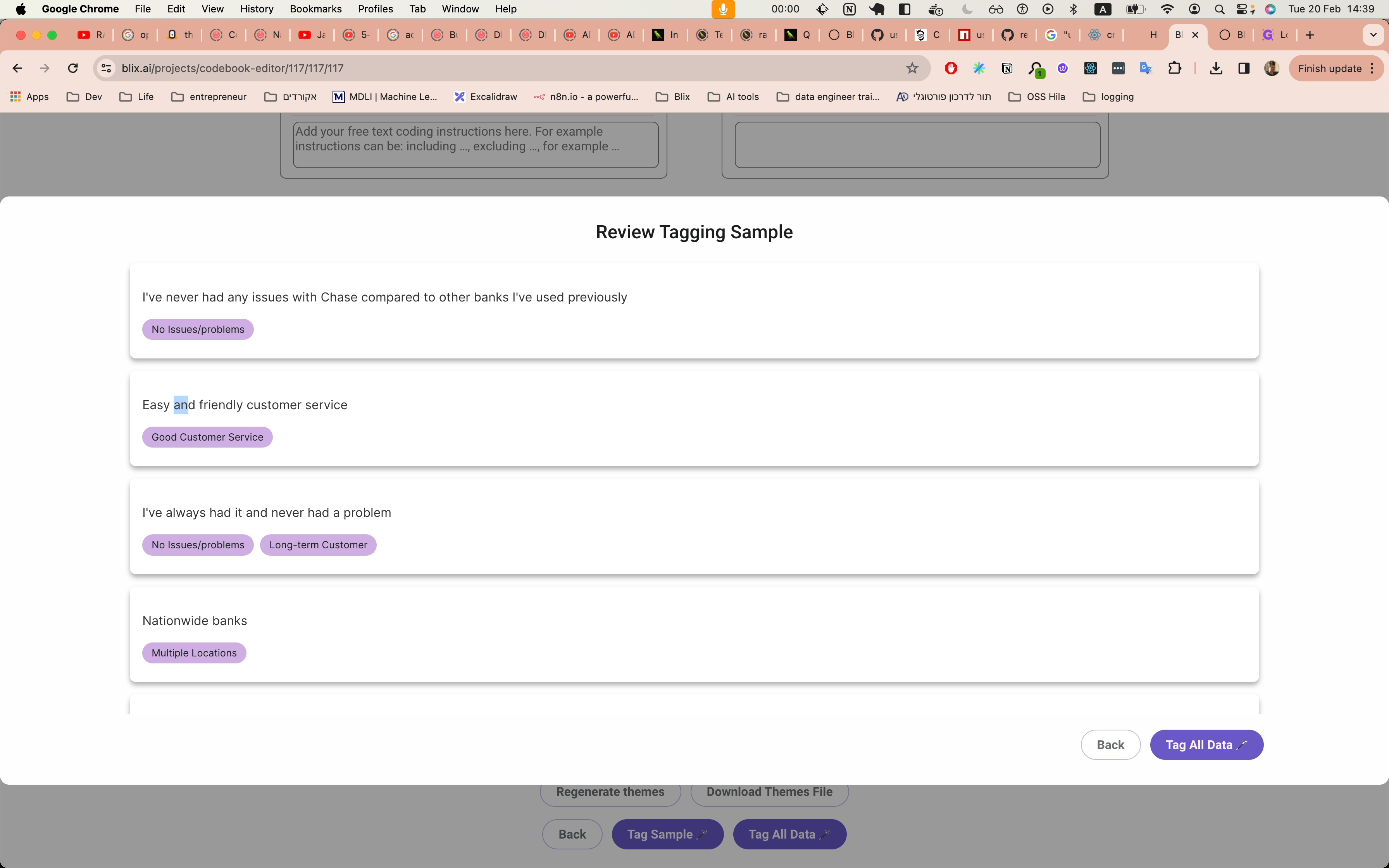
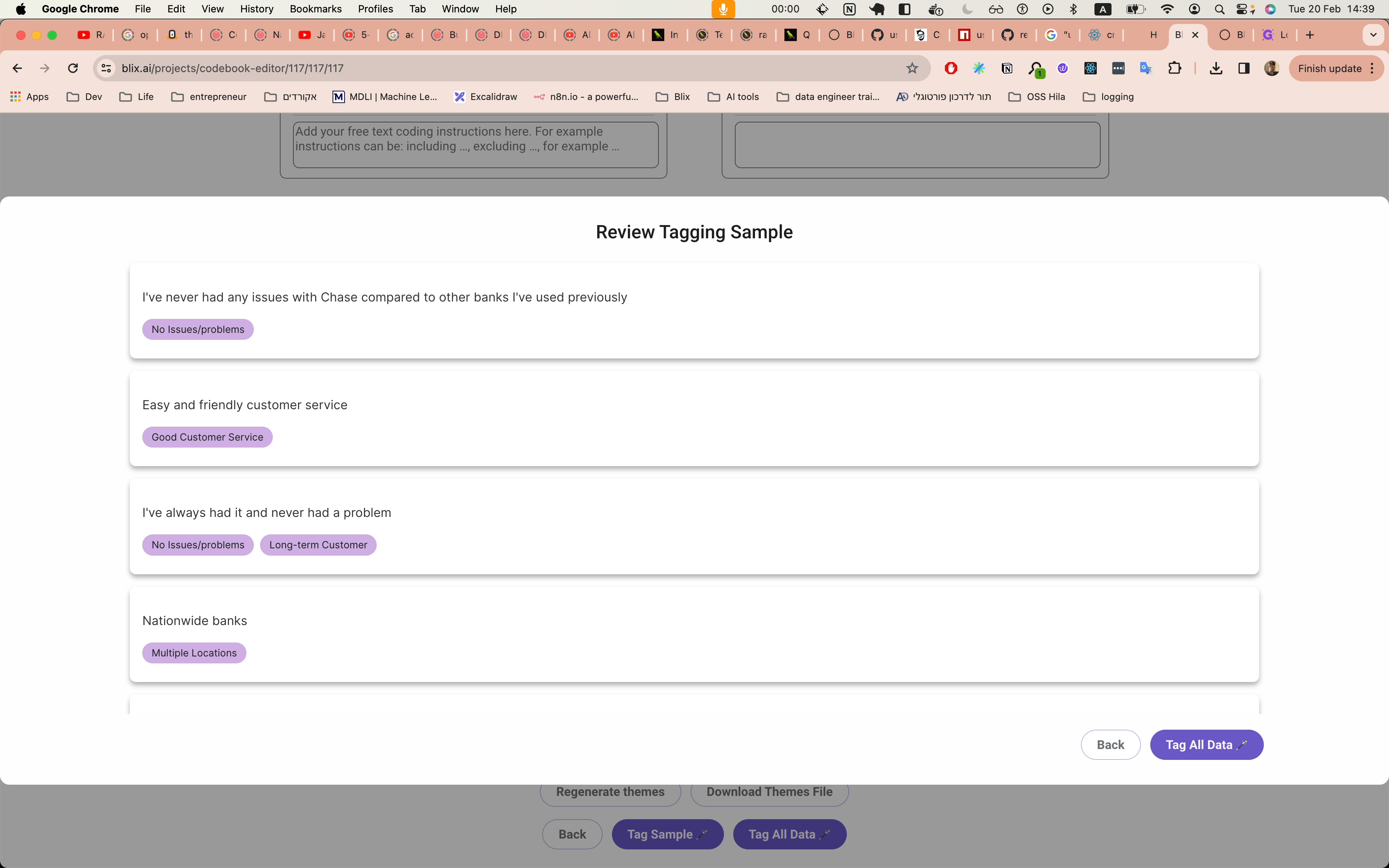
Compared to other banks, nationwide banks with multiple locations, it is excellent.
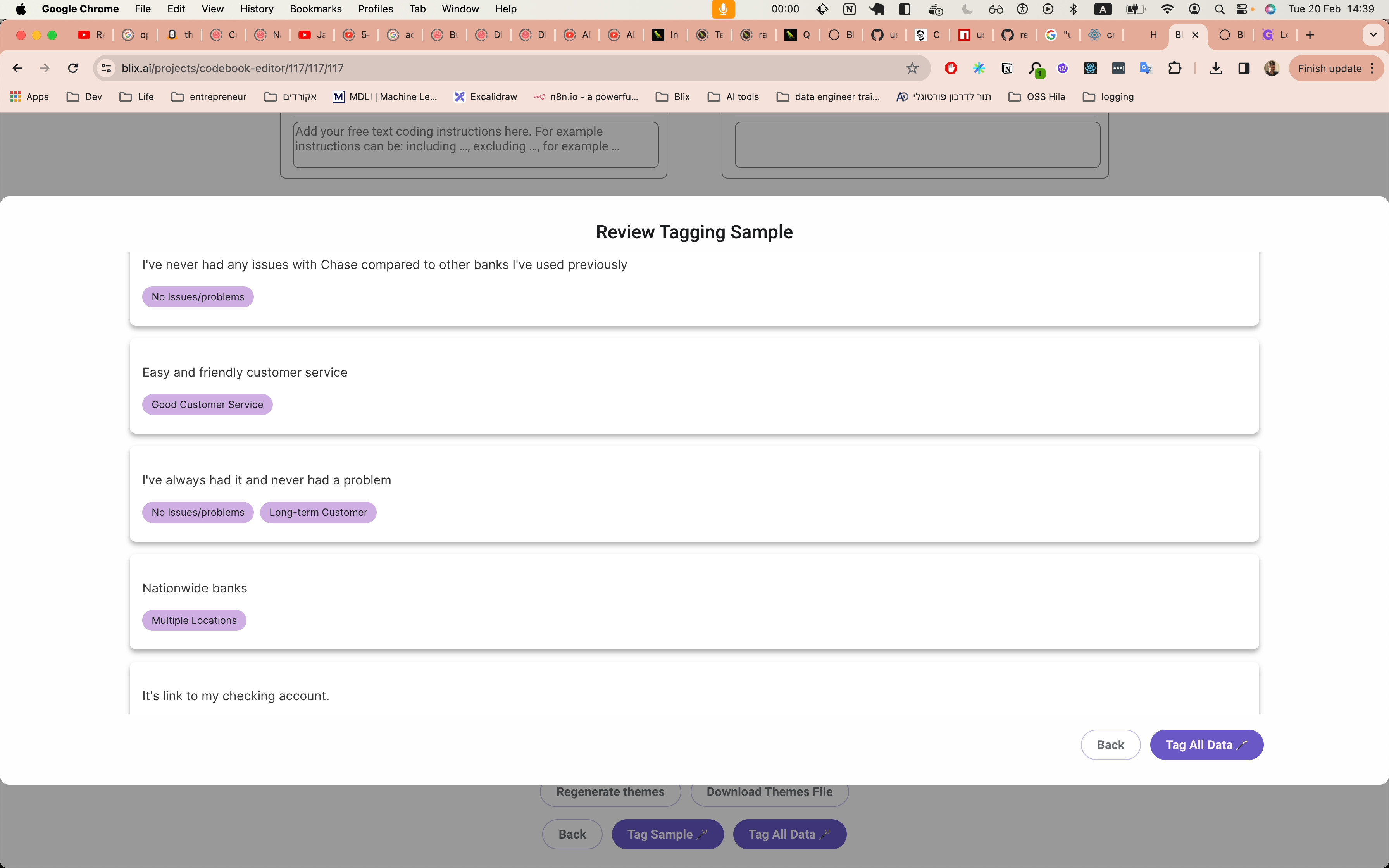
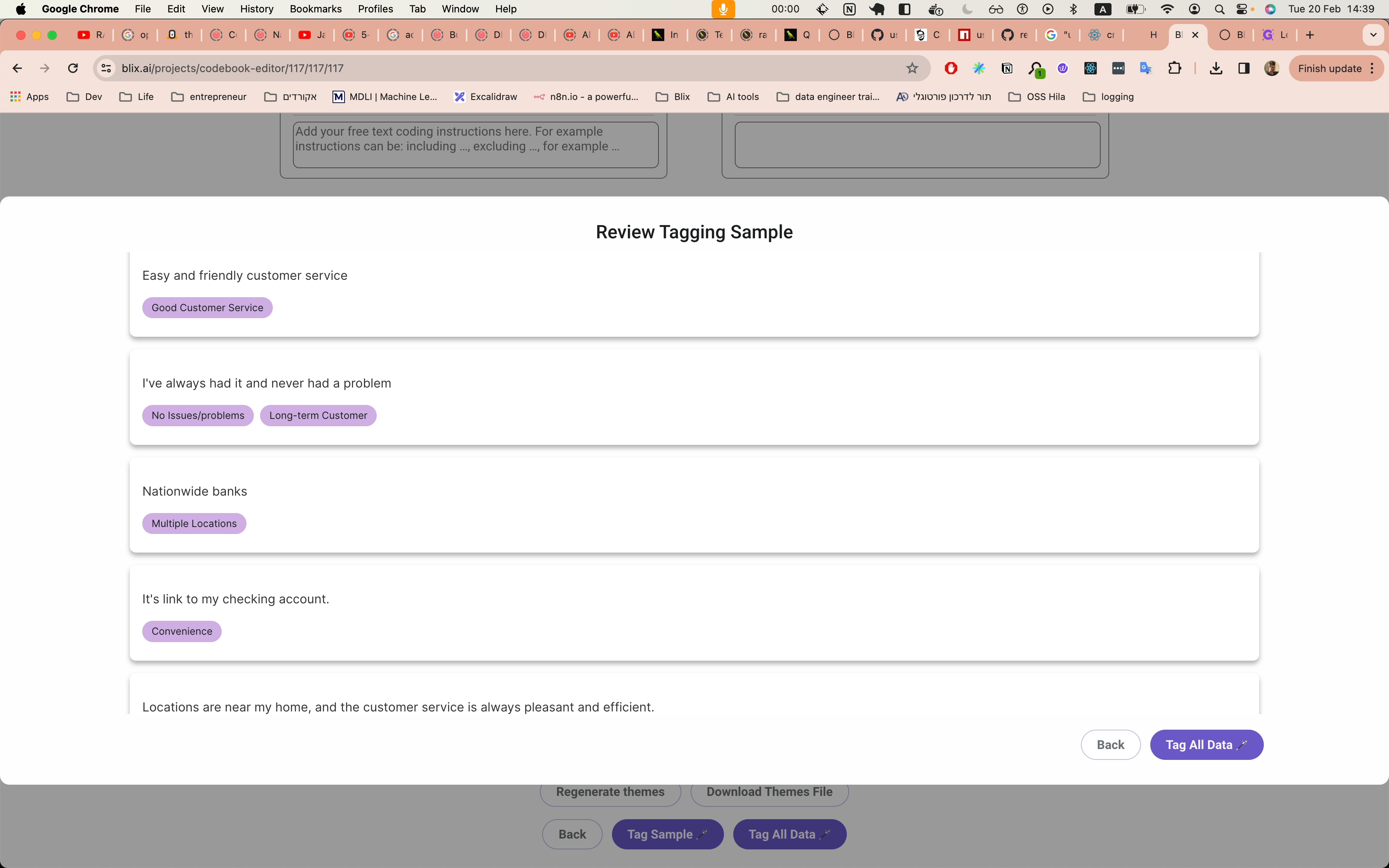

But here I see, for example, that "great" is like "other," and maybe it's important to me, I want it to tag these things in the backend of delight
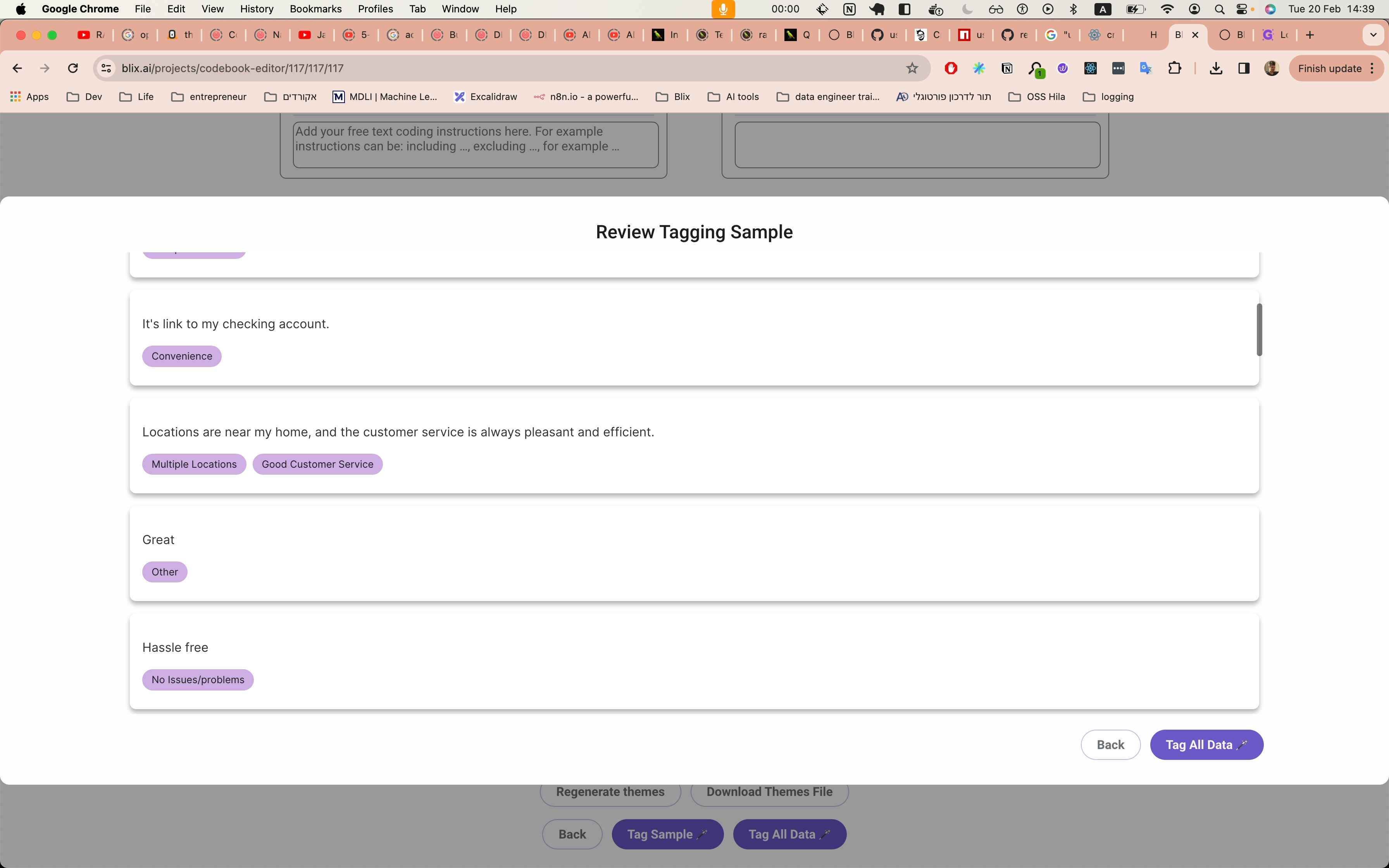
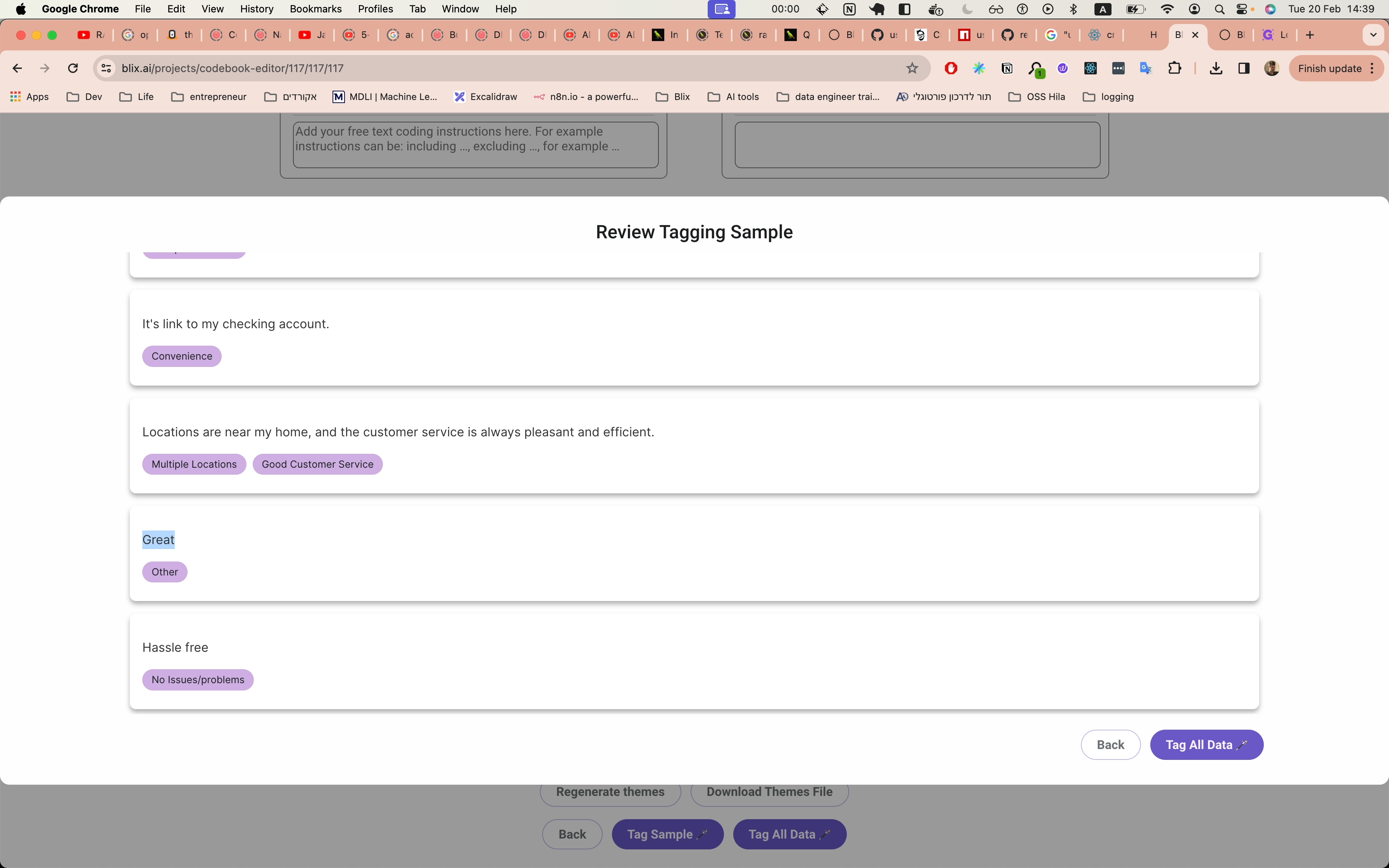
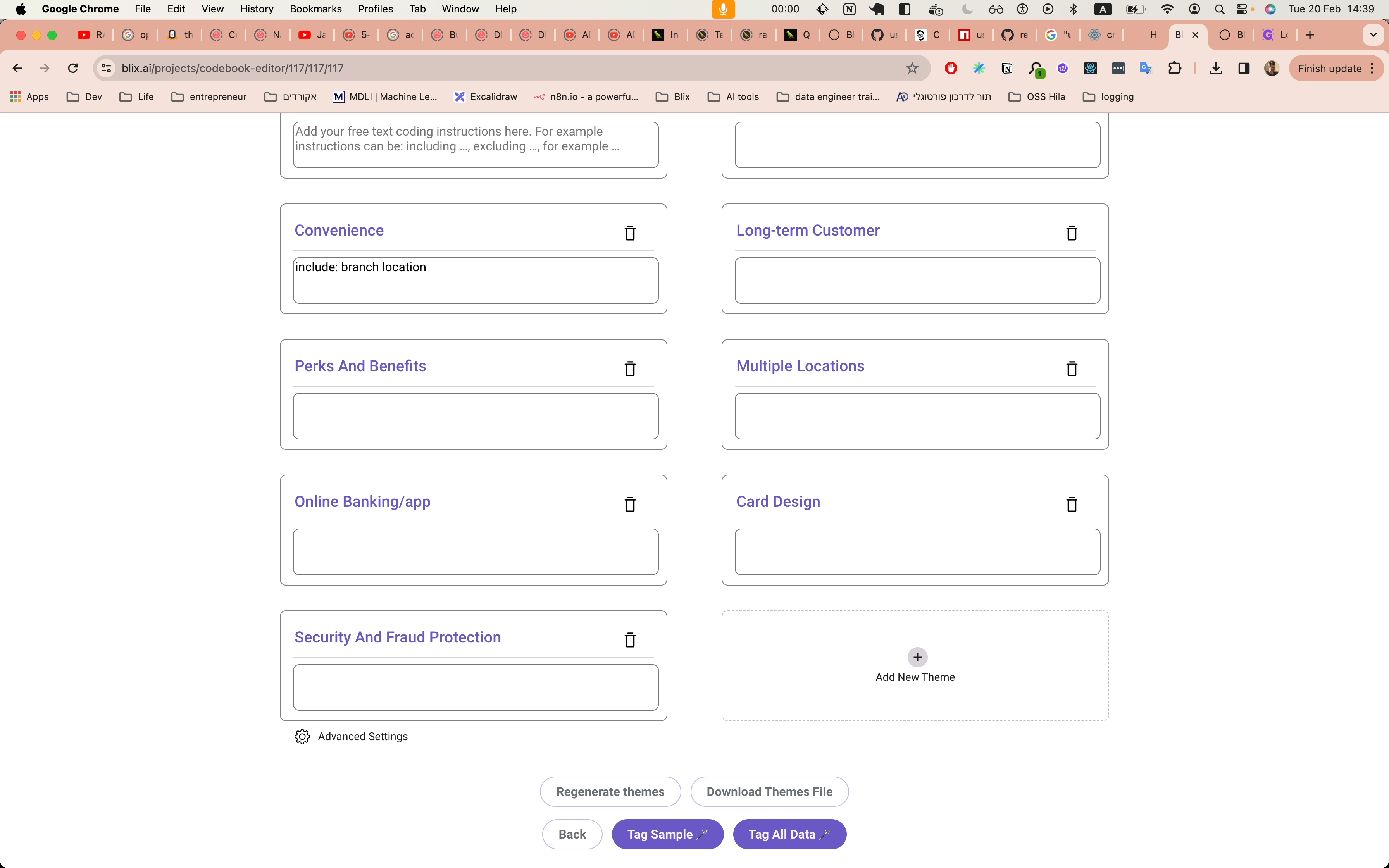
So I'll go back to Codebook, I'm still amazed by the delightfulness, and I'll tell it to include. Assuming I'm satisfied with the sample you provided, I'll tell it to tag all data, and that will tag all
